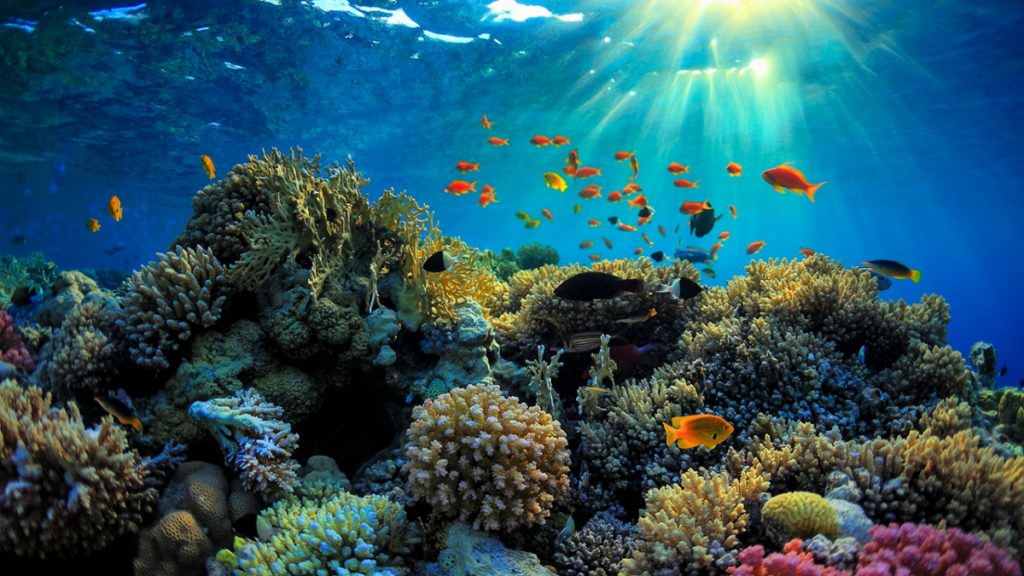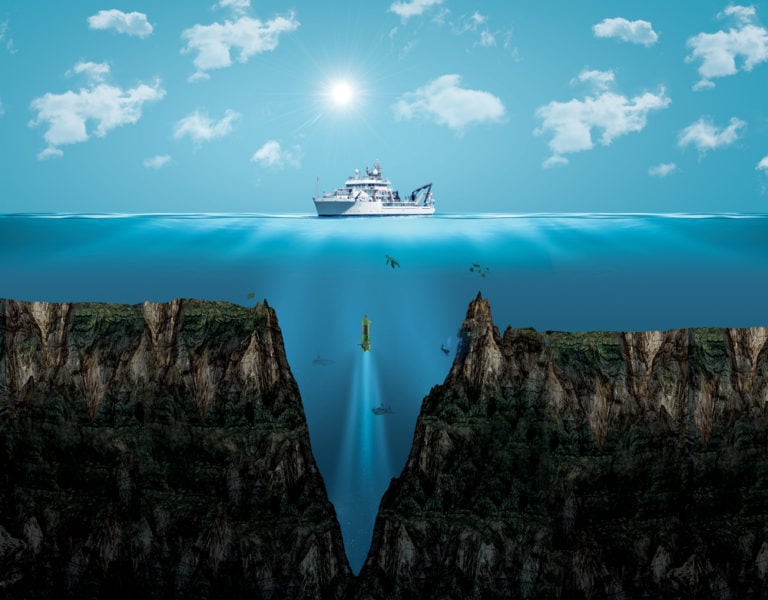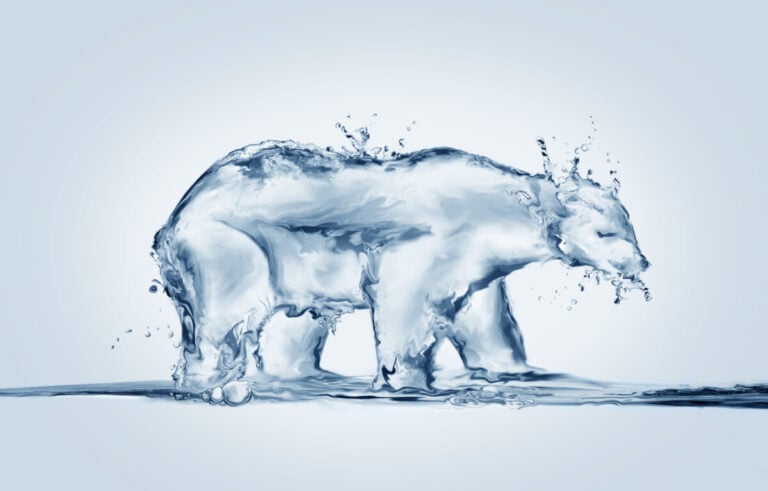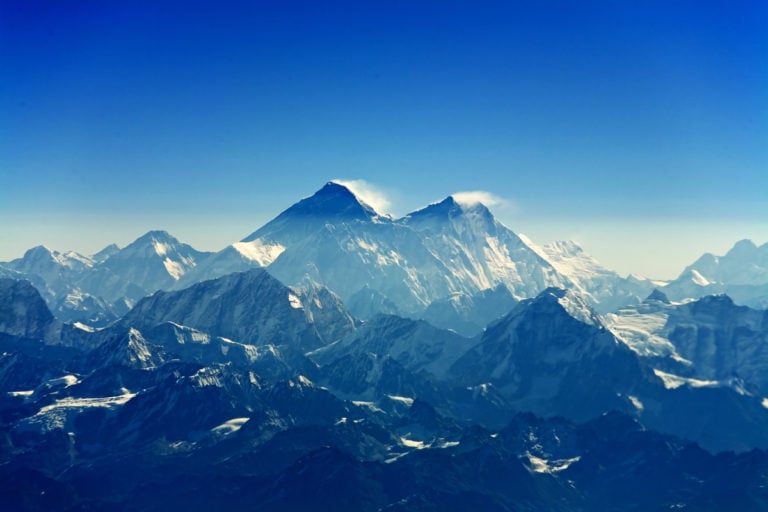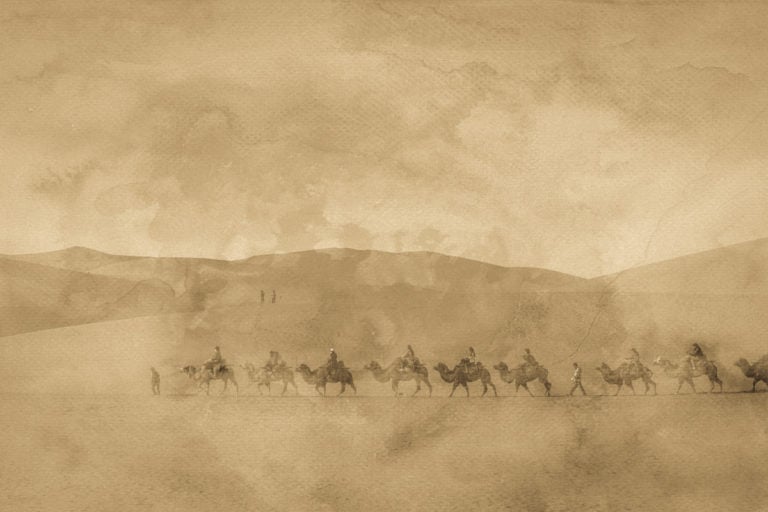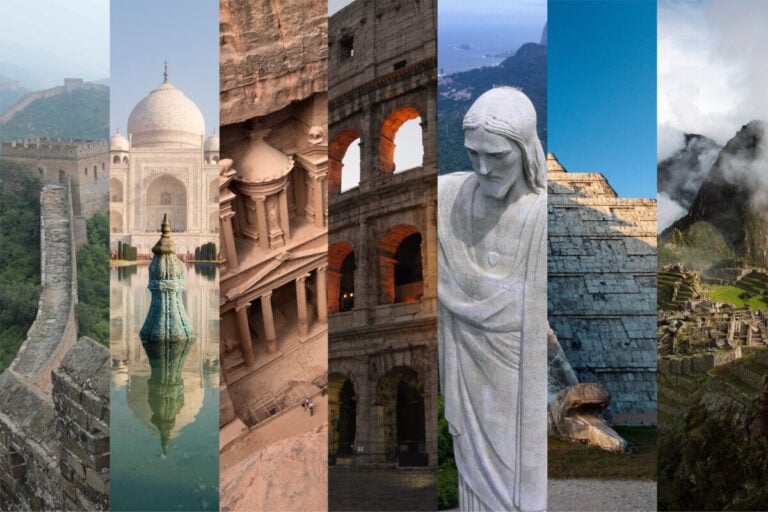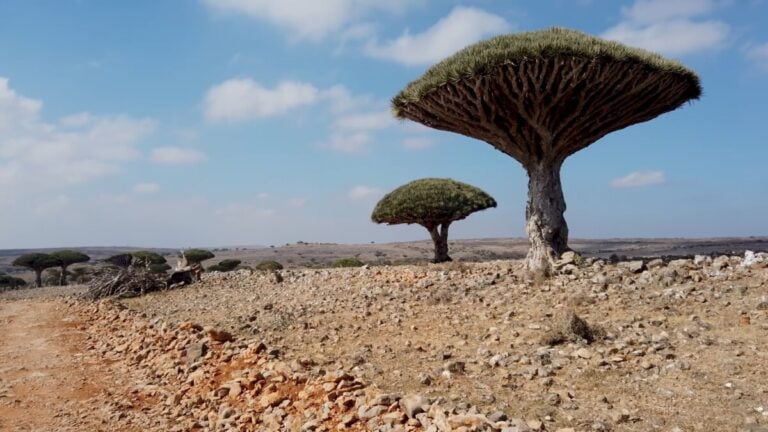The Great Barrier Reef is a stunning and diverse ecosystem known as one of Australia’s top attractions.
This extraordinary wonder of nature can be viewed from many angles – from the air, underwater or even from space, where it appears as a striking white streak in the vast blue ocean along the northeast coast of Australia.
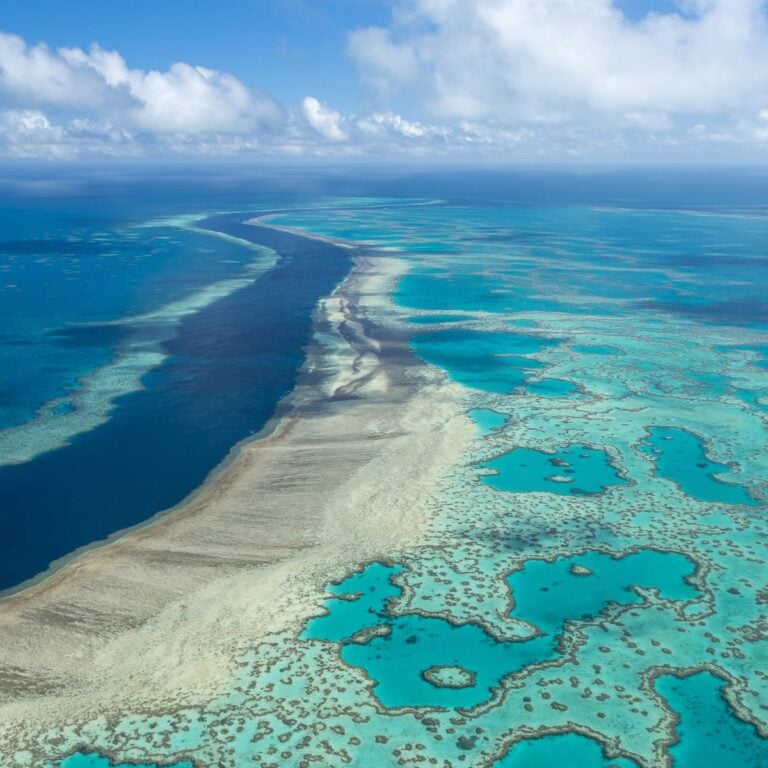
Centuries before the advent of European navigators, the Great Barrier Reef played an important role in the life of the natives and the inhabitants of the Torres Strait Islanders, providing them with food. Traces of their stay can be observed on the reef today: the remains of fishing nets, stone structures and ancient drawings.
Reefs can be divided into types such as fringing, barrier, platform and ribbon, each of which has its own unique topography. The northern part of the reef has incredible biodiversity and an abundance of ribbon reefs. The central part, isolated from the mainland, has many coral islands and remains a favorite vacation spot for tourists. The southern part is dominated by platform reefs.
The vibrant and kaleidoscopic appearance of the Great Barrier Reef is created by the countless marine life and flora that inhabit it. The reef is often referred to as the largest living organism on Earth and thrives on the symbiotic relationship between different species.
Along with corals, which form the structural basis of the reef, there are more than 1,500 species of fish, many crustaceans and arthropods. In addition, several species of sea turtles and humpback whales come from Antarctica to use the reef as a breeding ground. Sandy beaches and coral shallows provide the perfect habitat for these magnificent creatures.
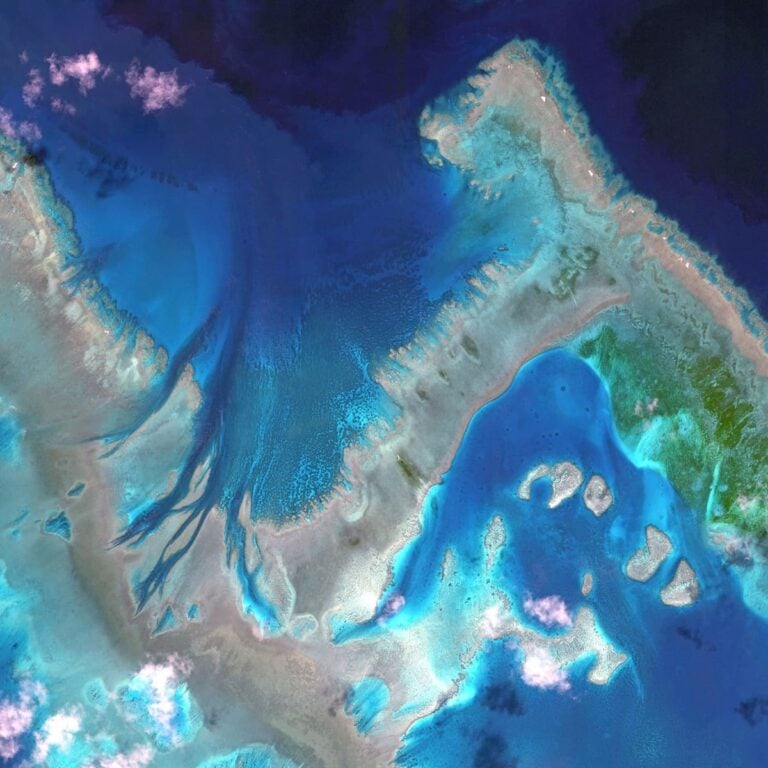
For the first European explorers, the Great Barrier Reef was an insidious obstacle and a dangerous trap, which led to numerous shipwrecks. In 1770, Captain James Cook’s Endeavor was the first ship to hit the reef.
Fortunately, Cook and his crew, with their seafaring experience, managed to get out of a dangerous situation, although the ship received damage that required several weeks of repairs off the Australian coast. It was not until the early 19th century that coral reefs were carefully charted, which subsequently reduced the risk to incoming ships. However, the danger remains, and more than thirty sunken ships are still evidence of the reef’s insidiousness.
Scuba diving is the most popular and exciting way to admire the beauty of the reef and the complex web of life it supports. Sailors traveling the Coral Sea have often admired the reef from afar, only to find themselves trapped in a menacing labyrinth of coral formations.
The Great Barrier Reef, which stretches across the entire Pacific Ocean, forms the world’s largest reef system, providing food and shelter for an incredible number of plant and animal species. However, it is not the only one of its kind, as the Coral Sea region is home to many smaller but equally spectacular reefs such as Flinders and Marion.
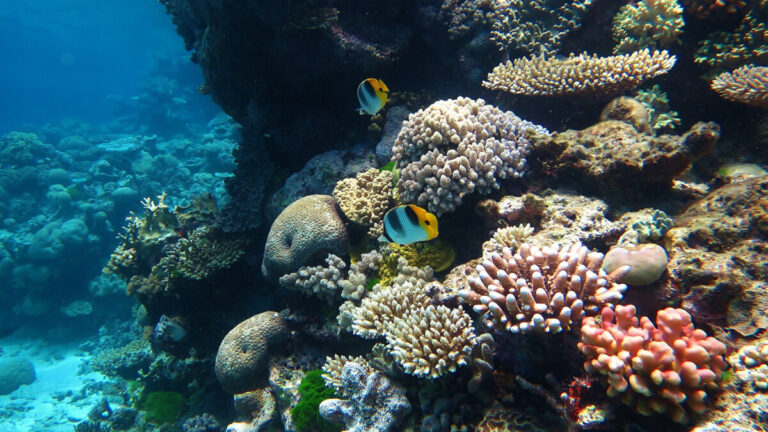
Corals owe their vibrant colors to symbiotic single-celled algae known as zooxanthellae that live within their structures. Surprisingly, the bright colors attributed to corals – from green and blue to purple, pink, orange and brown – actually come from these algae. With up to 30,000 zooxanthellae per cubic millimeter, they carry out photosynthesis, providing the corals with the necessary oxygen and nutrients. In response, corals carry out the exchange, releasing carbon dioxide in the process of respiration.
At the heart of the reef are colonies of the smallest coral polyps, only 3-5 millimeters in size, living on the seabed. These phenomenal creatures extract dissolved mineral salts from water, turning them into calcareous skeletons several times the size of polyps. After the colony ceases to exist, the skeletal remains are preserved, gradually overgrown with algae and fragments of other marine organisms.
Slightly larger than Poland, the Great Barrier Reef is a colossal treasure trove of marine biodiversity. In some areas, the density of the coral layer exceeds 500 meters. In this vast ecosystem, corals thrive in temperatures ranging from 18 to 33 degrees Celsius. Realizing the importance of preserving this ecological gem, the Australian Government significantly expanded the Great Barrier Reef Marine Park Protected Area in 2004, increasing it from 4.5 to 33.3, to mitigate the negative effects of human intervention in the region.
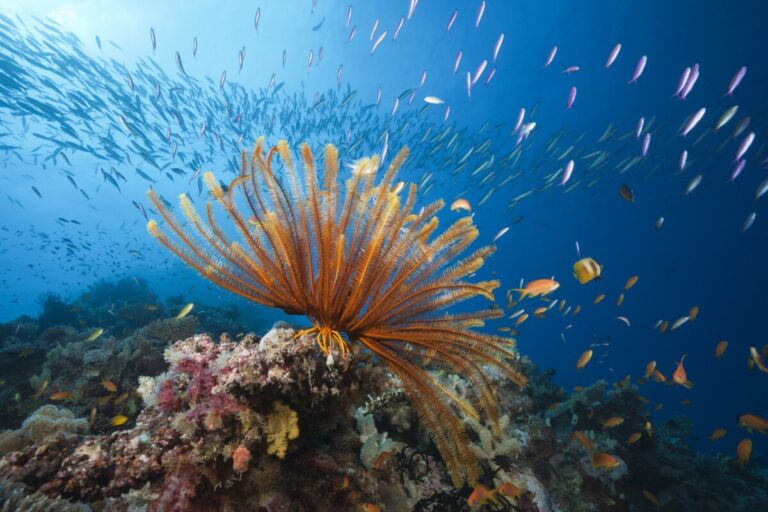
Significant historical events:
- Approximately 2 million years BC: the Great Barrier Reef likely began to form.
- 6000 BC: the first appearance of modern reef skeletal elements.
- 1770: First documented human encounter with a reef – Captain James Cook aboard the Endeavor.
- 1791: The Pandora wreck becomes one of the most famous shipwrecks on the reef.
- Circa 1820: First complete map of the reef by Philip Parker King.
- 1943: The advent of underwater research using self-contained underwater breathing apparatus (SCUBA).
- 1975: The Australian government establishes the Great Barrier Reef Marine Park.
- 1981: The Great Barrier Reef is designated a UNESCO World Heritage Site
